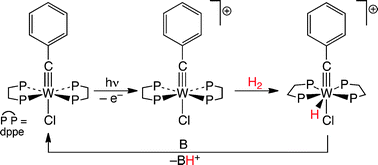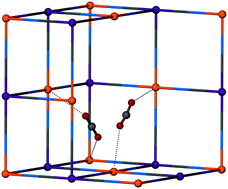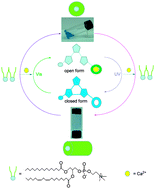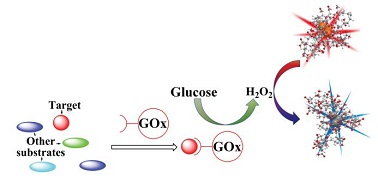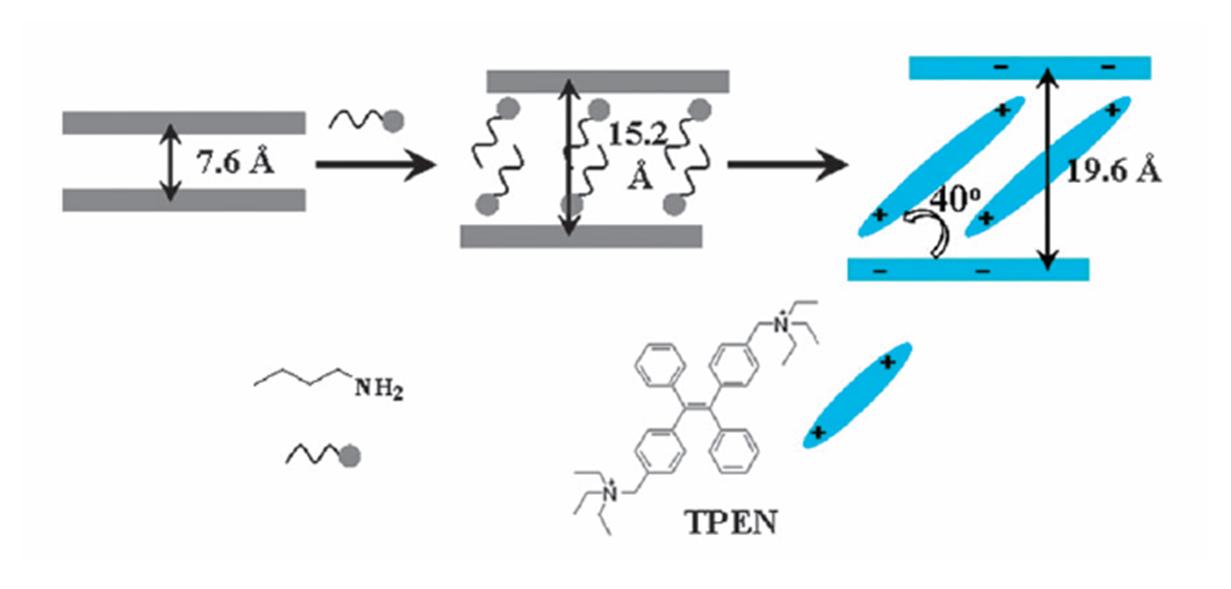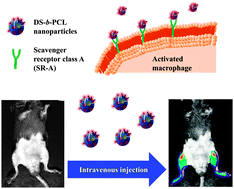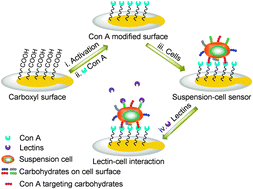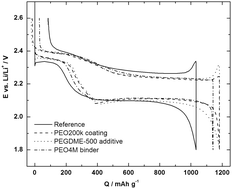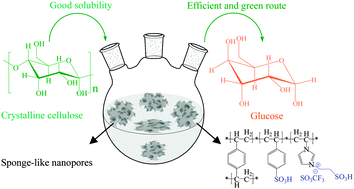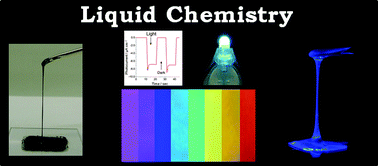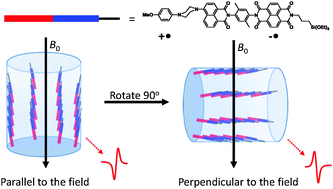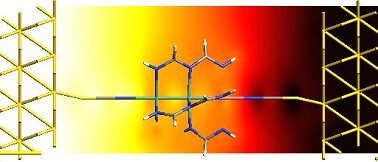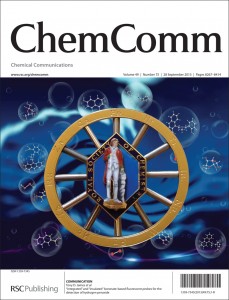Corrosion of self-propelled catalytic microengines
Guanjia Zhao, Bahareh Khezri, Samuel Sanchez, Oliver G. Schmidt, Richard D. Webster and Martin Pumera
Chem. Commun., 2013,49, 9125-9127
DOI: 10.1039/C3CC44998J, Communication
Free to access until 13th October
Tailoring the protein conformation to synthesize different-sized gold nanoclusters
Yong Yu, Zhentao Luo, Chia Sin Teo, Yen Nee Tan and Jianping Xie
Chem. Commun., 2013, Advance Article
DOI: 10.1039/C3CC46005C, Communication
Free to access until 13th October
Dihydrogen activation by a tungsten–alkylidyne complex: toward photoredox chromophores that deliver renewable reducing equivalents
Cesar A. Morales-Verdejo, Michael I. Newsom, Brian W. Cohen, Hunter B. Vibbert and Michael D. Hopkins
Chem. Commun., 2013, Advance Article
DOI: 10.1039/C3CC45606D, Communication
Free to access until 13th October
A chemical genomics approach to identification of interactions between bioactive molecules and alternative reading frame proteins
Paul C. Taylor, Andrew J. Clark, Andrew Marsh, Donald R. J. Singer and Suzanne J. Dilly
Chem. Commun., 2013, Advance Article
DOI: 10.1039/C3CC44647F, Communication
Free to access until 13th October
Identification of bridged CO2 binding in a Prussian blue analogue using neutron powder diffraction
Stephen H. Ogilvie, Samuel G. Duyker, Peter D. Southon, Vanessa K. Peterson and Cameron J. Kepert
Chem. Commun., 2013, Advance Article
DOI: 10.1039/C3CC46019C, Communication
Free to access until 13th October
Reversible photo-controllable gels based on bisthienylethene-doped lecithin micelles
Jiaqi Zhang, Jiayu Jin, Lei Zou and He Tian
Chem. Commun., 2013, Advance Article
DOI: 10.1039/C3CC45805A, Communication
Free to access until 13th October
Oxidant-Resistant Imaging and Ratiometric Luminescence Detection by Selective Oxidation of Silver Nanodots
Junhua Yu, Sungmoon Choi, Soonyoung Park and Kwahun Lee
Chem. Commun., 2013, Accepted Manuscript
DOI: 10.1039/C3CC45601C, Communication
Free to access until 13th October
The liquid phase epitaxy method for the construction of oriented ZIF-8 thin films with controlled growth on functionalized surfaces
Mohamed Eddaoudi and Osama Shekhah
Chem. Commun., 2013, Accepted Manuscript
DOI: 10.1039/C3CC45343J, Communication
Free to access until 13th October




